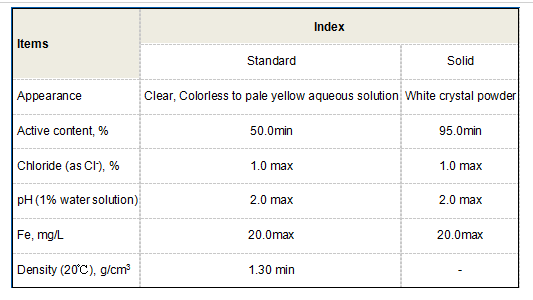Understanding Polyacrylamide Properties and Applications in Various Industries
Understanding Polyacrylamide A Versatile Polymer
Polyacrylamide is a synthetic polymer that has garnered significant attention in various industrial and environmental applications due to its unique properties. This water-soluble polymer is formed by the polymerization of acrylamide monomers, resulting in a long-chain molecule that can be modified for specific uses. Its versatility is what makes polyacrylamide an essential component in several fields, including water treatment, agriculture, and biomedicine.
Understanding Polyacrylamide A Versatile Polymer
In agriculture, polyacrylamide plays a crucial role in soil management and irrigation efficiency. When applied to soils, polyacrylamide can enhance water retention, thereby reducing irrigation frequency and increasing crop yields. Furthermore, it can help prevent soil erosion by stabilizing soil aggregates. In arid regions, this property is particularly valuable as it aids in maintaining soil moisture levels, ensuring that crops remain viable even in challenging weather conditions.
polyacrylamide pdf

Another noteworthy application of polyacrylamide is in the field of biomedicine. Its biocompatibility and ability to form hydrogels make it an ideal candidate for various biomedical applications, including drug delivery systems, wound dressings, and tissue engineering. Polyacrylamide-based hydrogels can provide a moist environment conducive to wound healing and can be utilized for controlled release of therapeutic agents, ensuring that medication is delivered at a consistent rate over time. Moreover, its use in scaffolding for tissue engineering has shown promise in supporting cell growth and tissue regeneration.
Despite its many benefits, the use of polyacrylamide is not without concerns. Acrylamide, its precursor, has been identified as a potential neurotoxin and a probable human carcinogen when handled improperly. This concern highlights the importance of adhering to safety guidelines during its handling and application in various industries. Research continues to be conducted to assess the risks associated with polyacrylamide and to develop safer alternatives or modified versions of the polymer.
In recent years, there has been a growing interest in environmentally friendly approaches to enhance the properties of polyacrylamide. Bio-based polymers or additives that can improve the performance of polyacrylamide without sacrificing environmental integrity are being explored. Such innovations may offer sustainable solutions that reduce dependency on synthetic chemicals while maintaining the effectiveness of polyacrylamide in its existing applications.
In conclusion, polyacrylamide is a multifaceted polymer that plays a crucial role across numerous sectors. Its effectiveness in water treatment, agricultural enhancement, and biomedical applications underscores its importance in modern industrial practices. However, it is essential to approach its use with caution, considering the potential risks associated with its precursor. Continued research and innovation will likely lead to safer and more sustainable applications of polyacrylamide, ensuring its relevance in the years to come. As we advance, understanding the balance between utility and safety will be critical in harnessing the full potential of this versatile polymer.
-
Water Treatment with Flocculant Water TreatmentNewsJun.12,2025
-
Polymaleic AnhydrideNewsJun.12,2025
-
Polyaspartic AcidNewsJun.12,2025
-
Enhance Industrial Processes with IsothiazolinonesNewsJun.12,2025
-
Enhance Industrial Processes with PBTCA SolutionsNewsJun.12,2025
-
Dodecyldimethylbenzylammonium Chloride SolutionsNewsJun.12,2025





